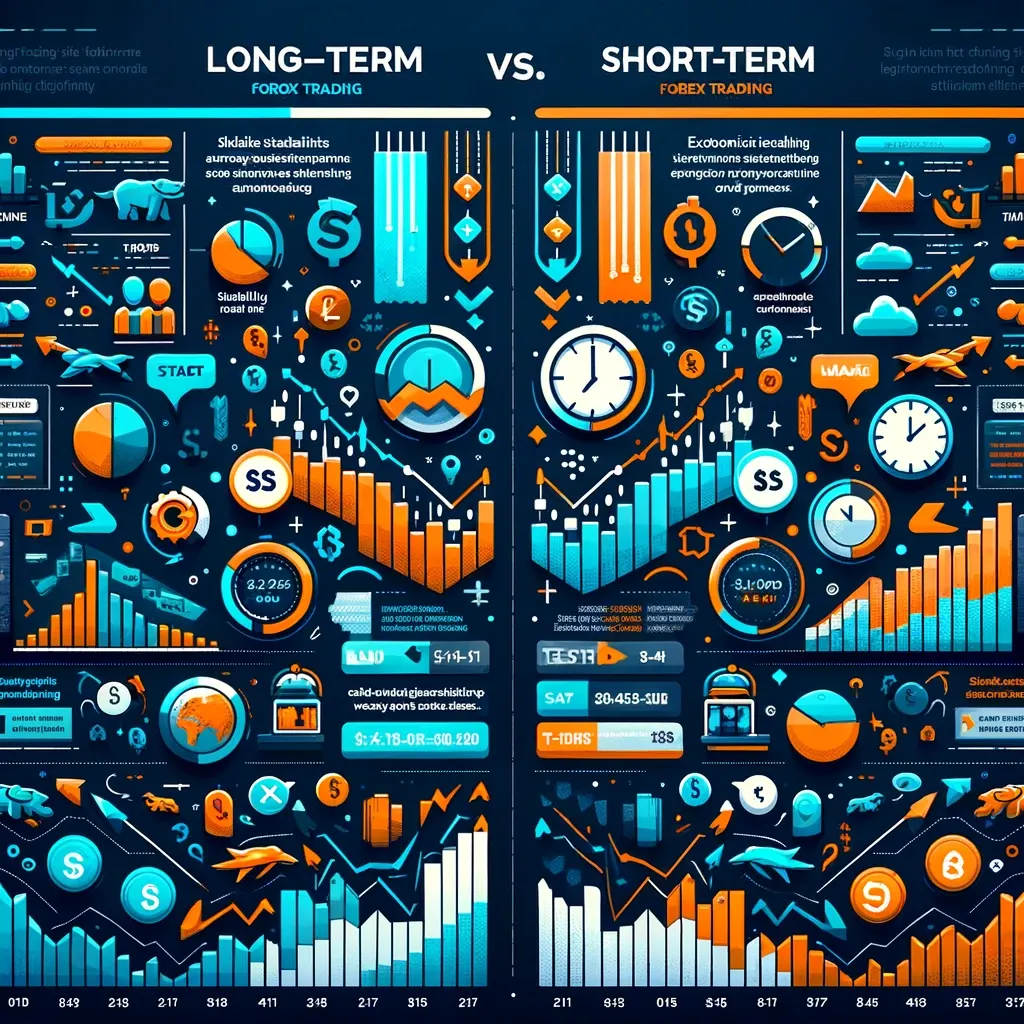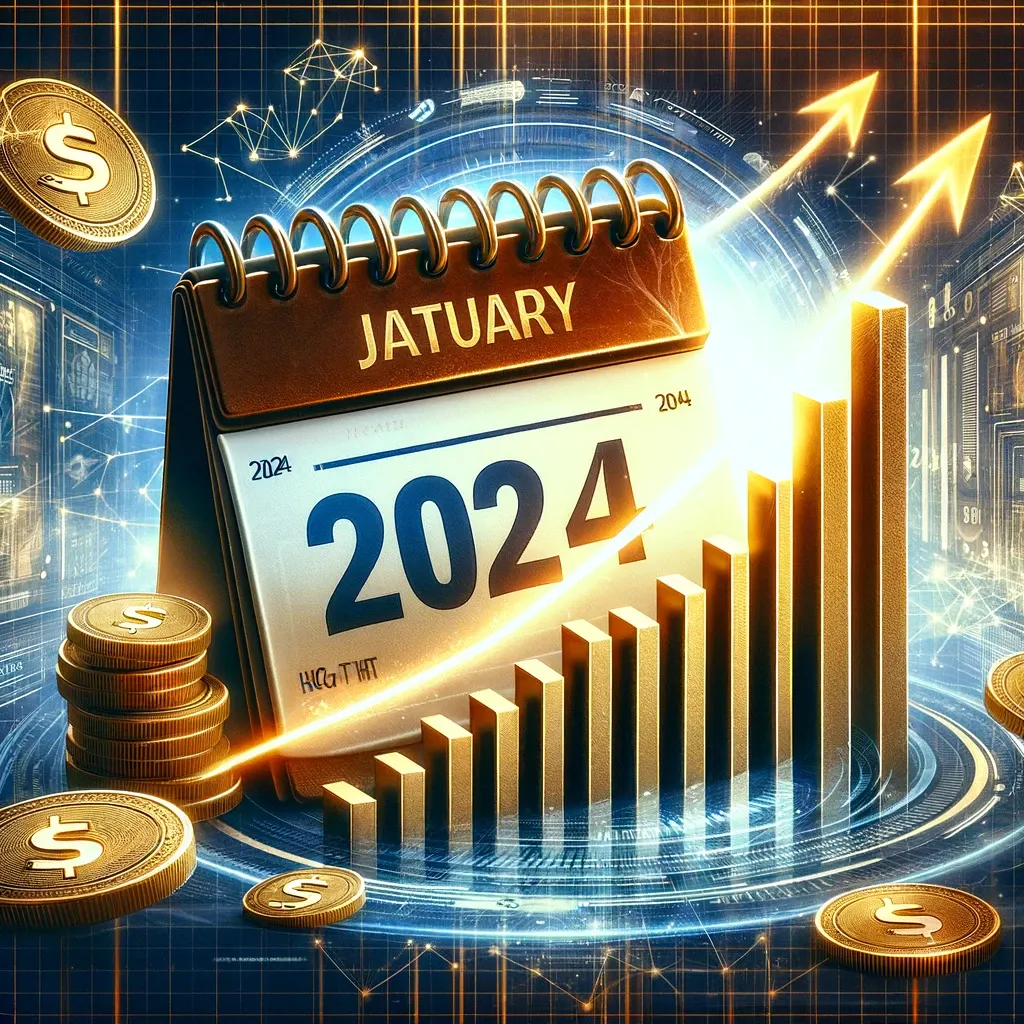Long-Term vs. Short-Term Forex Trading: Which Style Suits You Best?
Exploring Forex Trading: Long-Term vs. Short-Term Strategies
In the vast world of forex, traders often gravitate towards two primary trading strategies—long-term and short-term. Each approach has its unique characteristics, advantages, and challenges. Understanding these can help you decide which trading style best fits your lifestyle, risk tolerance, and financial goals.

Long-Term Forex Trading
What is Long-Term Forex Trading?
Long-term trading involves holding positions for several weeks, months, or even years. Traders who adopt this style primarily rely on fundamental analysis, although technical analysis can also play a role.
Advantages of Long-Term Trading
- Less Stressful: It requires less time monitoring the markets on a day-to-day basis, which can be less stressful.
- Lower Costs: Typically involves fewer transactions, hence, incurring fewer transaction fees.
- Benefit from Major Trends: Long-term traders capitalize on major economic trends, potentially earning substantial profits over time.
Disadvantages
- Capital Involvement: It requires a significant amount of capital to withstand market volatility.
- Lower Liquidity: Positions are not as liquid, and capital will be tied up for longer durations.
Short-Term Forex Trading
What is Short-Term Forex Trading?
Short-term trading, often referred to as day trading or swing trading, involves taking positions for a brief period—ranging from a few minutes to several days.
Advantages of Short-Term Trading
- Quick Profits: Allows traders to capitalize on short market movements and potentially generate profits quickly.
- Greater Control: Frequent trading can provide a higher degree of control over account balance and immediate risks.
Disadvantages
- High Stress: Requires constant market analysis and quick decision-making, which can be stressful.
- Increased Costs: More frequent trading leads to higher transaction costs, which can eat into profits.
Comparing Both Strategies
- Risk Exposure: Short-term trading often involves higher risks due to the use of leverage and the need for precise timing in volatile markets. Long-term trading typically faces lower daily risk but must deal with broader market changes.
- Time Commitment: Short-term trading demands a significant time investment, whereas long-term trading allows for a more "set and forget" approach.
- Profit Opportunities: Both strategies offer substantial profit opportunities, yet the approach to achieving these profits vastly differs.
Choosing the Right Strategy for You
- Personality and Lifestyle: If you enjoy fast-paced decision-making, short-term trading might suit you. Conversely, if you prefer analyzing broader trends and less daily screen time, long-term trading could be a better fit.
- Financial Goals: Consider what you aim to achieve financially. Do you need regular income from your investments, or are you looking at longer-term capital growth?
- Risk Tolerance: Assess your capacity to handle risks and market stress. Short-term trading can provide quick returns but requires robust risk management.
Conclusion
Both long-term and short-term forex trading have their place in the financial markets, and the best approach depends on individual trader personality, goals, risk tolerance, and market understanding. By considering these factors, you can choose a strategy that not only feels right but also maximizes your trading effectiveness.








